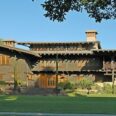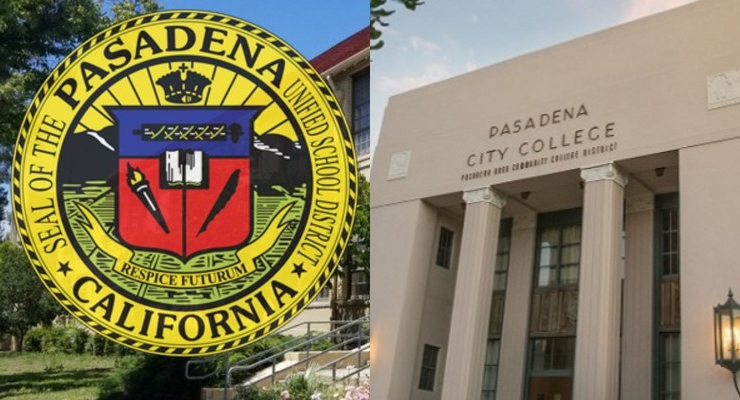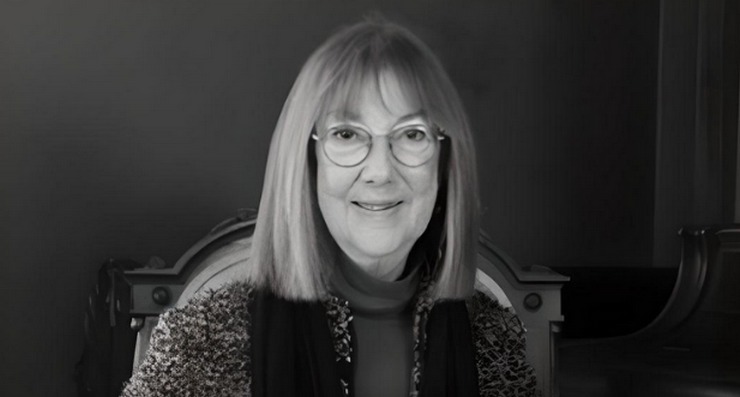Walking to and from work, walking to the grocery store, the bank, and the local coffee shop without using an automobile for more than a week sounds like a far-fetched dream in Los Angeles County, known for its car reliant culture.

For Pasadena resident Greg Gunther, one of the 10,000 residents who live within a half-mile radius of the Playhouse District, the idea of a walk-able community has inspired him to dream outside of the car “cocoon.â€
Gunther’s passion for his vision of a remade Pasadena urban core has propelled him to be a driving force behind recently-publicized efforts to transform Colorado Boulevard in startling – even counter-intuitive – ways.
Joined by fellow Playhouse District residents and business owners who want a higher quality of urban life that includes green space in the currently “park-starved area,†Gunther presented a solution to the Council last week that would transform five blocks of Colorado Boulevard – parklets.
That presentation marks a milestone in the odyssey of a transformative plan that would narrow Colorado Boulevard to two lanes of moving traffic, add reverse angled parking, and extend the sidewalk onto the street with 6 to 8 mini-parks that Gunther has been working on since 2012.
Gunther has chaired the Pasadena Playhouse District Association Transportation Committee since that group first began to explore ways to improve its neighborhood’s livability in August, 2012. He has become known as an articulate, passionate advocate.
Playhouse District Association Executive Director Erlinda Romo said Colorado Boulevard in the Playhouse District has been revitalized in the past decade with an influx of people moving into the 3,000 new apartments built in the surrounding area since 2003.
One of those “new neighbors†was Gunther and his wife Peggy who moved into a luxury apartment around the corner from the famed boulevard, enchanted by the idea of living close enough to walk to all the places on the daily to-do list.
“I’m always running into friends on the street, you’re so much more connected. It feels more alive to me to be in a neighborhood as opposed to on a highway,†Gunther said. “I was never civically engaged before, but now that I have more time and am connecting more to the city, I care so much more about these things than I did, I’m more actively engaged in the neighborhood association and the community.â€
Whether you find the couple sipping coffee in Vroman’s coffee shop or seeing a movie at the theatre next door, the Gunthers found themselves walking so often they did away with a second car.
‘The one car that we have left, we use so infrequently, when we went to renew our insurance and put in the mileage they pushed back and said that can’t be right in your area,†Gunther said.
A native of the San Fernando Valley, when Gunther escaped for the first time to Northern California for college, he realized there was another way of living without being dominated by the car. He had to get out of Los Angeles, so he moved to the east coast.
As the owner of a business consultant agency called Frogkick, Gunther can work from anywhere. With grown kids, Peggy wanted to move to a warmer location, but Greg was reluctant to move back.
“I didn’t want to sit on the 405 for my life, its not how I want to live,†Gunther said.
Then he found Pasadena.
“A lot of this is just about enjoying people and being in the public fabric and having an experience on Colorado Boulevard that isn’t cocooned by your automobile, but out and exposed and more in touch with the fabric of the neighborhood and as a result it creates a richer neighborhood its enriched by that public presence,†Gunther said.
“Here your city is your backyard. While our home used to be big on our little patch of Ponderosa, now our home is smaller but the sphere around us is more extendable, its fulfilling to be part of the community fabric,†Gunther said.
Marcia Rood, also a nearby resident agrees.
“I literally think of this area as my outdoor living room. Having experienced parklets in San Francisco, it was really expanding the space into an outdoor living room. We set this goal 20 years ago to be a city that can circulate without cars. This is a change to bring the community outside to the boulevard,†Rude said.
Besides the 10,000 residents in the area, the Playhouse District boasts 34,000 employees and 4,000 students in nearby Fuller Seminary and Le Cordon Bleu. With budding restaurant row including Tender Greens, Blaze, and Urth Café next to the Pasadena Playhouse, the area brings a high amount of foot traffic daily.
“Slowing the automobile down, what does that do? Retailers will become more visible as cars slow down. A more walkable city with slower traffic… It’s time to meet the future, move ahead and fill a need of your constituents in Pasadena,†Bob Aldman said to council members at the March 24 City Council meeting.
A key component: the parklets concept.
“One of the things about our parklets: it is about turning pavement into parks, it’s a different type of concept. Each parklet would be 17 by 20, much bigger than the one parallel parking space. Extending the sidewalks for public art fits into the Playhouse District’s vision of culture, commerce, and community,†Playhouse District Association Executive Director Erlinda Romo said.
The Pasadena Playhouse also has high hopes for the parklets. As the recent recipients of grants totaling $910,000 from several foundations and state funds, the Playhouse will be spending money on engaging new and diverse audiences.
“They would like us to spend our money outside of our building, engaging our population where they live, Were looking for non-traditional venues and talking to people about what it means to bring art out to the public. It is places like parklets that will make that possible for us,†Pasadena Playhouse Executive Director Elizabeth Doran said.
Doran said the Playhouse is looking for other funding sources to make places Pasadena more livable and walk-able.
“The more we can prove to the world that we are pedestrian friendly and interested in the things that people who live here are interested in, the more we will generate money from the state and federal level. Do consider it as I do an economic engine for the city of Pasadena,†Doran said.
The parklets will create space for community dialogue, performances, and public art, but for the full effect the cars must be slowed down to the speed limits already in place. Gunther says Colorado Boulevard needs to be re-imagined no longer as a highway, but as a neighborhood connector.
“Pasadena wants to be number one in a lot of things but not in pedestrian collisions,†Gunther said.
Gunther currently serves on both the Transportation Advisory Commission and on the Board of Directors at Pasadena Playhouse District Association and is contributing to the Pasadena General Plan.
“The walkability plus the metro access, Pasadena is at the leading edge of what cities can become in terms of being human scale and revitalized and not an auto-centric city,†Gunther said.













 0 comments
0 comments


